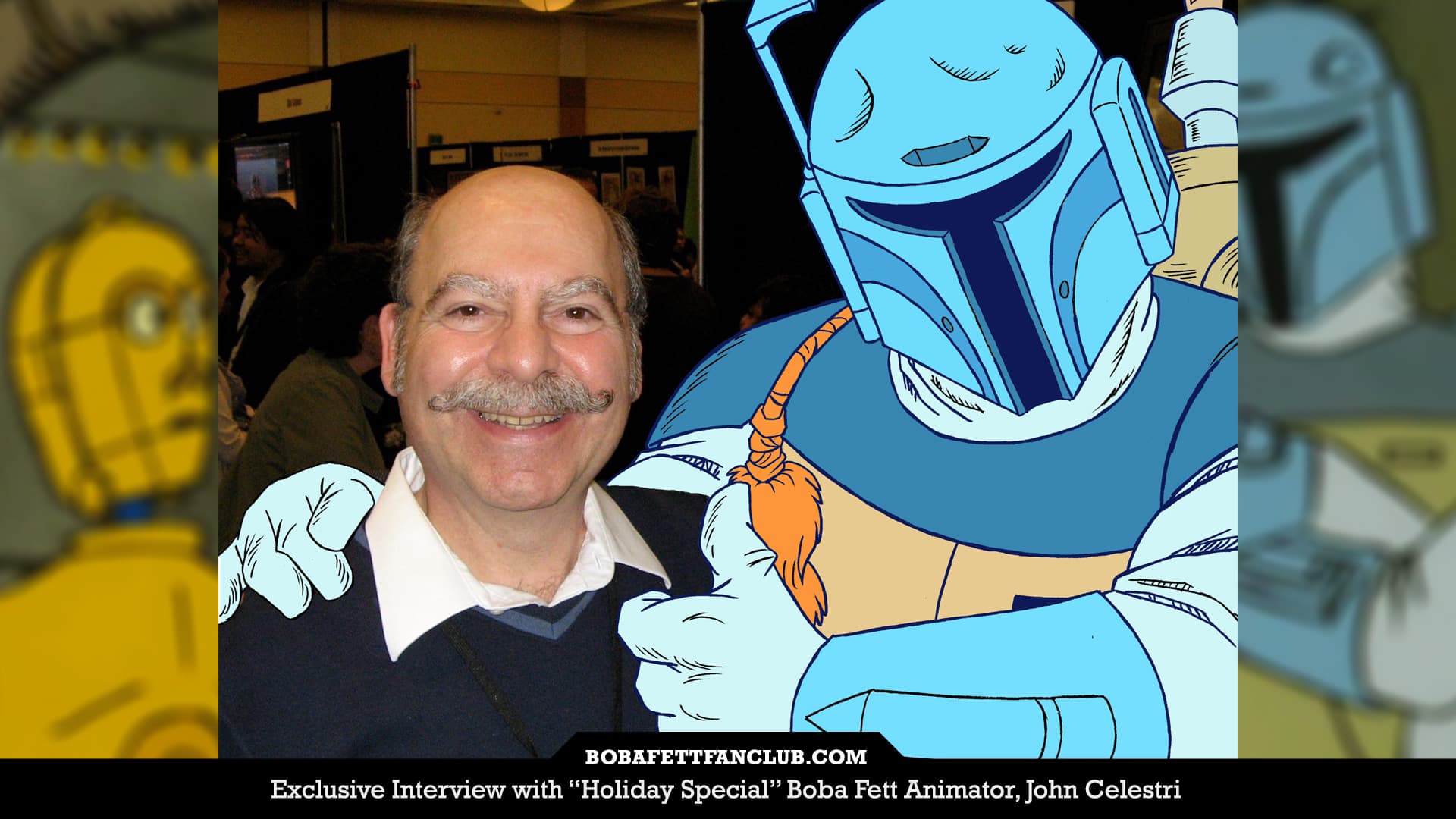
Exclusive Interview with "Holiday Special" Boba Fett Animator, John Celestri
John Celestri has a unique place in Boba Fett history: he animated Boba Fett in his first appearance, which was on television in 1978. The cartoon portion of the “Star Wars Holiday Special” featured Boba Fett before his theatrical debut in “The Empire Strikes Back” almost two years later. This means the voice and mannerisms of the character animation really rested on John’s shoulders, as Jeremy Bulloch didn’t get involved until afterwards. We spoke with John about his story back then, plus his Kickstarter [fundraiser no longer online] which is currently crowd-funding (and includes a very cool Boba Fett perk for funders).
Would you share some of your background in animation? Where did you study? Back in 1978, what (or who) were some of your inspirations?
I’m basically a self-taught animator. I have always enjoyed being a cartoonist, telling stories, and performing. But my parents wanted me to pursue more “practical” occupations.
As scholastic aptitude tests scored me extremely high in the areas of math, verbal comprehension, and abstract reasoning, those more artistic interests remained as hobbies as I progressed through my high school and early college years trying to find a field of study that would provide me with an occupation. It wasn’t until I reached my early twenties that I discovered I had a natural ability to animate. I quickly learned that the field of animation encompassed use of both my academic and artistic talents. I became passionate about animating.
I was inspired by the work of the early Disney, Warner Brothers, Max Fleischer, and Terrytoons animators (some of whom I wound up working with).
Back in the early 1970s, there were few books on how to animate and fewer schools that taught animation. In NYC, where I grew up, the School of Visual Arts had a six week (one night-class a week) summer course, taught by a former Terrytoons Studio layout/storyboard artist. So I took that. I pored myself into my class project and, by the end of the third week, had shot my first pencil test reel on the school’s Oxberry camera stand.
With my instructor’s recommendation in hand, I showed that 60 second pencil test to every studio in NYC I could. It’s a good thing I loved animating, because job openings were nonexistent and it took me twelve months to get my first freelance gig as an assistant animator on a couple of Hostess Twinkie commercials. But at the age of 25 I gave myself 5 years to see noticeable progress before going in some other direction. I even sent my portfolio to the Disney studio, receiving an encouraging letter but no job offer.
However, six months after that letter arrived, I was hired in 1975 at the New York Institute of Technology as an inbetweener to work on the independently produced feature “Tubby the Tuba.” There I met and worked under the master Popeye and Max Fleischer Studio animators Johnny Gentilella and Marty Taras. During the 14 months I worked on that feature, I developed my skills into a Cleanup Assistant Animator (becoming Supervisor of the Inbetweener Department)… which led me to being hired in 1976 by Richard Williams for “Raggedy Ann & Andy: A Musical Adventure” as a Cleanup Assistant Animator with my own crew. (Side note: Richard Williams later on directed “Who Framed Roger Rabbit?”)
That experience led to Friz Freleng offering me a job as Animator at his DePatie-Freleng Studios in Los Angeles in 1977, were I animated on that studio’s Saturday Morning shows for the 1977/78 TV season…
After that, I landed at Nelvana Studios in early October of 1977, where I was a senior animator for almost six years.
Clive Smith, the co-founder of Nelvana, told the Star Wars Insider (April 2016) that he “only had two weeks to finish all of the storyboards and character designs.” With him presumably in charge of the framing, a rough idea of poses, how was the process working with him? Do you recall any feedback or ideas from either director — Steve Binder (who finished the job) and David Acomba (who had creative differences and left mid-production)?
Clive was the only director I worked with (no feedback from the live action people). I’d pick up my Boba Fett scenes in a sequence and we’d talk over what needed to be done. In that meeting, I’d get Clive’s thoughts and then I’d make my suggestions for how I thought Boba would act/gesture in a scene. Then I’d go back to my drawing board, work out my thumbnails to plan out the scene, and then animate. We did not have the luxury of doing rough pencil tests, so all my animation was cleaned up, inbetweened, and shot as a final pencil test to make sure there were no screw ups before going to ink and paint.
Frank Nissen did the model sheets for Boba Fett. Besides keeping the character “on-model,” so to speak, was anything about the character’s design that was your personal contribution, or was it mainly working within those design choices and then “acting” it out? Who were the other animators who worked on the cartoon and how did you all divide up the work?
My contribution to the design was to give Frank Nissen’s “flat” design more of a solid, 3-dimensional feel. I did that in the process of moving the character around.
The animators at Nelvana were cast when assigning characters. I handled all the Boba Fett scenes — and also did Chewbacca in those scenes and helped on some others.
Regarding the other animators, to the best of my memory they were: Charles Bonifacio (Luke Skywalker), Robin Budd (monsters & Han Solo), John Halfpenny (incidental characters/creatures), Bill Speers (C-3PO & R2-D2), and Ken Stephenson (Chewbacca). The assistant animators were Larry Jacobs and Ralf Palmer. Frank Nissen did the basic background layouts.
Besides the model sheets, since he wasn’t ever on screen before this cartoon, were you given any written notes or visual references when animating Boba Fett? Do you recall how he was originally described like traits to give him? (The original Boba Fett actor, Jeremy Bulloch, cites Clint Eastwood’s “Man With No Name” character as a reference.) Any other interesting preliminary notes come to mind?
I was given no guidance as how to animate Boba Fett… no notes or description of traits, etc. The animated performance was all mine off the top of my head… we didn’t have much time to experiment.
Don Francks did the voice of Boba Fett in the cartoon. Did you have the voice-over work before animating or did it come in mid- way? Besides having to work without the benefit of facial expressions, what were some of the other challenges that you came across while animating Boba? Any favorite shots to animate?
The voices were all recorded and broken down frame-by-frame and transcribed onto exposure sheets before animation was done. A story reel was rough cut before animation was handed out.
The biggest challenge was how to give a performance without facial expressions. I had to use hand gestures and body attitude…not so broadly as a pantomime artist, but with economy of movement. I approached playing Boba Fett as a Clint Eastwood-style character in a spaghetti western, with mannerisms expressing a sense of extreme self-confidence. I used macho posing, tossed his rifle across his body from one hand to another, and — in one particular scene — adjusted the fingers of his glove before gesturing with his hand. I timed tilting Boba’s helmeted head to go up and down, side-to-side to change the arc of the helmet’s rigid eye-opening to reflect the tone of his dialog delivery… for example: quizzical, surprised, judgmental, etc.
My favorite scene is early on when I had Boba Fett slap his mount — several times — with his Tuning Fork Weapon.
Last pre-production question: on your blog in 2011, you shared that the decision was made to go with a graphic style based on the artist Moebius (pseudonym for Jean Giraud). Was that a George Lucas choice or a Nelvana choice? Was there any pre-production time given to consider a different style, where Boba Fett might have looked different?
It was George Lucas who specifically requested that Nelvana design the look of the cartoon in the style of French artist Jean “Moebius” Geraud, whose work could be seen in “Heavy Metal” magazine. That direction and a black and white home movie showing a person wearing Boba Fett’s prototype costume were basically all the cues Nelvana had to work with. So, all the colors for the production came from following Moebius’ sense of color… in Boba’s case blue was the base color. All the color models and basic designs had to be okayed by Lucas before production of the cartoon proceeded.
It was a VERY tight schedule with no time to play around with alternatives. Also, why would you want to waste time when Moebius was the perfect choice animation wise?
Due to the quick 6-8 week turn-around for the project, do you recall if anything was scrapped or if it was all as originally scripted and planned, like where he did something else that was cut from the final show? Would you personally have done anything different for the character’s story or design?
No scenes were scrapped. To my memory, we followed the script as it was basically written and I wouldn’t have changed anything.
Were you a Star Wars fan from the start, or did you become one after this all?
I very much enjoyed seeing the first Star Wars film when it came out in the summer of 1977. I watched reruns of the old Flash Gordon and Buck Rogers serials on TV back in the early 1960s, and knew first-hand Lucas’ movie references. It was a ton of fun watching cutting-edge effects being layered over a classic storyline. So, I was excited to get a chance to work on a non-Saturday morning animated adventure. I knew we didn’t have the budget to produce the quality of the Max Fleischer Superman cartoons, but we could give it our best shot!
I was hoping it would be received well. But back then in 1978, you never knew how the audience would react, especially since we are talking about a TV audience sitting at home in their living rooms… it wasn’t like sitting in the back row in a theater and watching an audience’s reaction. There was no way of gauging their reaction (via ratings) until many months after you had done the work.
Actually, I feel quite proud that the animation stands on its own as being the seed that helped grow the character of Boba Fett. Fact is, the Nelvana Studio staff was very young and inexperienced, myself included. I had been in the animation business a mere three years and had been a professional animator for only a year and a half when I did that animation… what it lacks in finesse is made up for with energy and commitment to doing my best… and then it was the only performance associated with Boba until “The Empire Strikes Back.” (I was extremely disappointed that the live-action Boba had so little screen time in “Empire.”) Truth be told, I wish the animated sequence in Holiday was officially acknowledged as being part of the Star Wars “canon,” but that’s not my call.
You’ve got a project on Kickstarter [fundraiser no longer online] that just reached its initial funding goal — congratulations! Tell us more about that and how fans can get involved.
I’ve been a classical 2D pencil-on-paper animator for 45 years. I’ve always enjoyed capturing quirky personalities with my pencil; and now I want to share some of my favorite character drawings by presenting more than 80 of them in a large-sized 80 page 8.3″ x 11.7″ landscape portfolio, but I need help to get the funding to lay out and print the book. I’m offering various pledge levels, which on the top tier I’m offering a personally drawn rough sketch of Boba Fett, in my Star Wars Holiday Special style.
My Kickstarter campaign ends on October 30th.
###
BFFC contributor Jason D. Ivey co-authored this interview.
About the Author, Aaron Proctor
Founder and editor of the Boba Fett Fan Club, established in 1996. Aaron curates all of the content for BFFC and also designs/develops the website. He works with a team of volunteers worldwide. When not volunteering here, he's a cinematographer and runs his own production company.
BFFC Member #2
More in This Category
 The Fetts and the Droids: Artificial Intelligence in Fett Lore
The Fetts and the Droids: Artificial Intelligence in Fett Lore
 Exclusive Interview with Michael Hirsh and Clive Smith on Fett's Animated Debut, Ewoks, and Droids
Exclusive Interview with Michael Hirsh and Clive Smith on Fett's Animated Debut, Ewoks, and Droids
 How Jango Fett's Motivation Evolved from George Lucas to "Legends" to Present
How Jango Fett's Motivation Evolved from George Lucas to "Legends" to Present
 How Boba Fett’s Backstory Evolved from George Lucas to “Legends” to Present
How Boba Fett’s Backstory Evolved from George Lucas to “Legends” to Present
 Tribute to Shawna Trpcic
Tribute to Shawna Trpcic

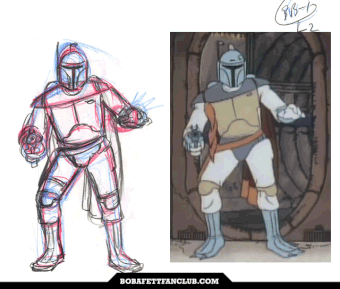
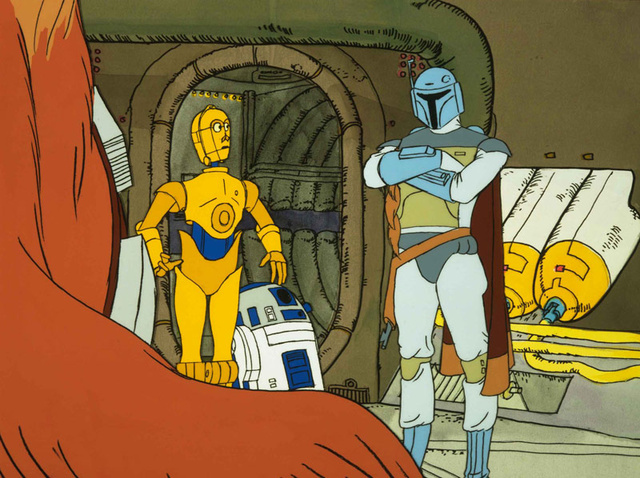

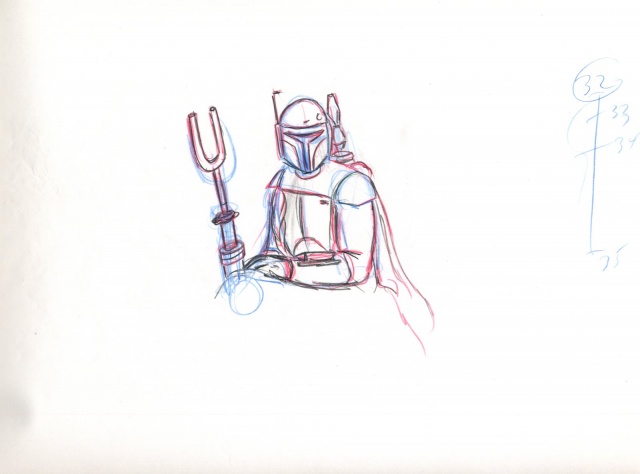
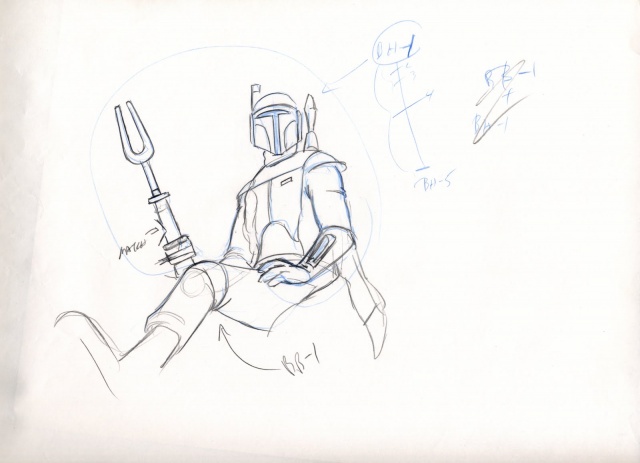
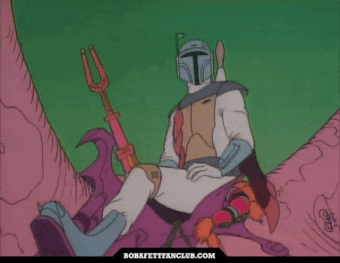
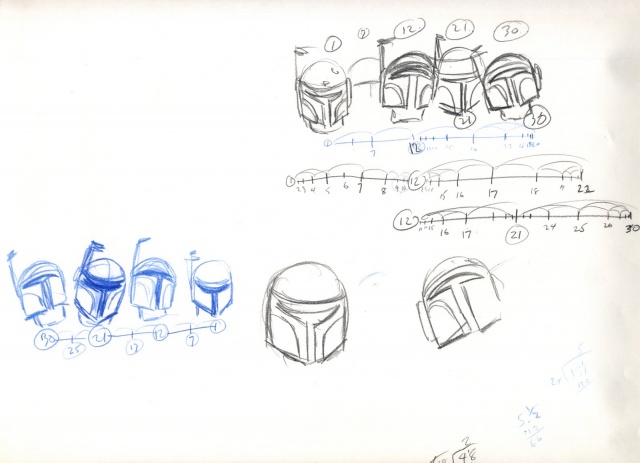
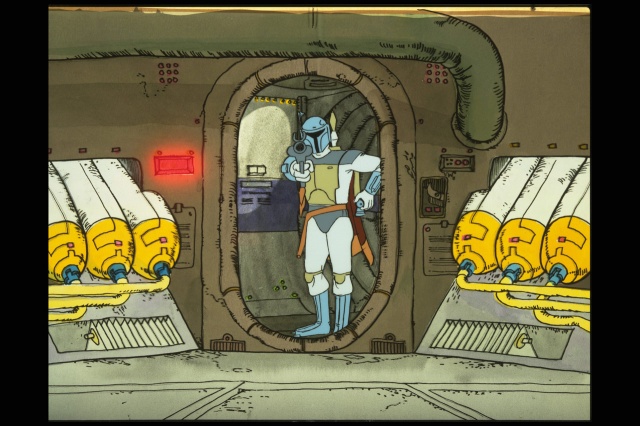
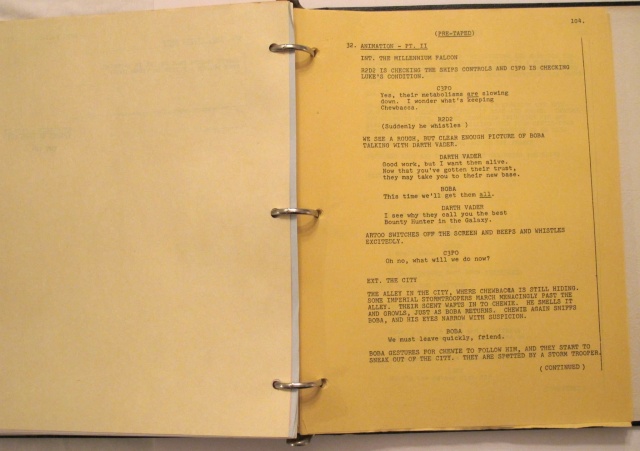
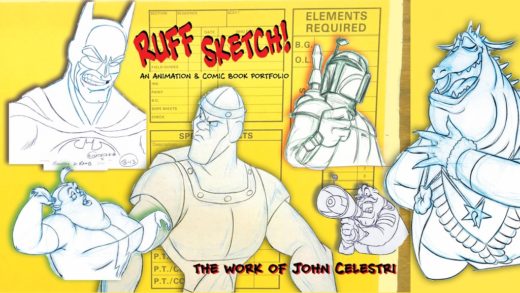






Hello John Celestri,
I am reaching out to ask you one simple question. I Believe that you are perhaps the second cousin of my husband Joseph Orlando. His mother was Maria Orlando (Vella) from East Boston MA. Her mother was Josephine… I believe Josephine was the sister of your mother. As you might understand the fact that we could perhaps be relatives is intriguing. Especially due to the fact that Joseph (Jay, Maria Vella’s (orlando) son and myself are huge fans. I am reaching out in hopes that you will at the very least confirm this connection. We would love to make a deeper connection but until we are certain that you are the correct artist/person we are cautious. I am certain that you understand our situation but I would love to connect with you as a family member if the circumstances are such. I recall your mother being a lovely kind compassionate woman who, until several years ago stayed in continuous contact with us. I would love to just confirm, if nothing else, the connection you have with my husband and his mother and family. I look forward to hearing back and perhaps a further connection with you. Sincerely Kathy Orlando (Joseph ((Jay) Orlando’s wife.
It was Gabriel Dell, known who was the actor with an unmistakably distinctive voice, who voiced Boba Fett on TSWHS. He didn’t receive proper credit at the time, and unfortunately Don Francks, who voiced Fett on the 80’s Droids cartoon wound up getting confused with Gabe Dell, even by writers at the bullpen of the official Star Wars Magazine who published the incorrect information and handed Francks credit he didn’t deserve while depriving Dell credit in one fell swoop! But it’s 100% Dell and not Francks as the original voice of Boba Fett! Justice for Dell!